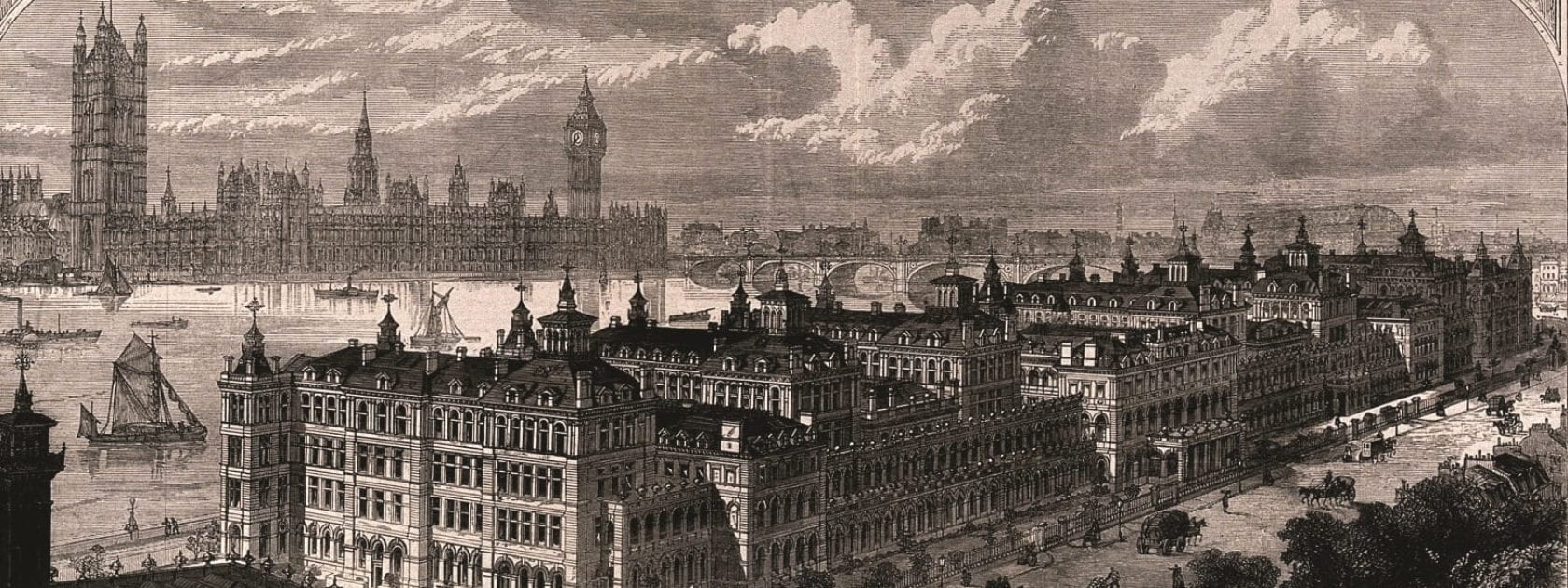2. Nightingale’s Mysticism
Niagara Anglican, June 10, 1999
The renowned Evelyn Underhill, in her Practical Mysticism, 1915, cited Nightingale several times as a source or model, calling her “one of the greatest and most balanced contemplatives of the nineteenth century.” The very title Practical Mysticism shows the influence, for it was Nightingale’s contention that the mystical life (union with God, periods of retreat for reflection/contemplation) should feed the active life, of working with God, seconding God’s work in the world, being God’s co-workers.
Nightingale herself translated and wrote introductions to the work of many medieval mystics. (She wished these to be published but never sent the work to a publisher; after her death a relative took the work to the Society for the Promotion of Christian Knowledge, who refused it!) The preface to these Notes from Devotional Authors of the Middle Ages described “the basis of all real mystical religion” as follows:
that in all our actions, all our words, all our thoughts, the food upon which they are to live, the life in which they are to have their being, is to be the indwelling presence of God, the union with God, that is, with the Spirit of Goodness, Wisdom and Power, Supreme Power, in performing all the actions of our lives.
These actions, the ever-practical Nightingale related, included “drains,” i.e. measures to prevent the great infectious diseases, especially cholera and typhus, that then killed so many people. Much as Nightingale appreciated the devotion of the medieval mystics she thought they were too withdrawn from the world:
Where they failed was in thinking this world was not what God has given us to work upon. There will be no heaven unless we make it and it is a very poor theodicy which teaches that we are not to “prepare” this world but only to “prepare for” another.
Christ was the authority on integrating mysticism with activism: “All I mean by mystical theology is what Christ meant. He was the first great mystic, who was at once yet the most active reformer that ever lived. The real essence of all true mysticism lies in his words: And my Father will come unto him and we will make our abode with him.” She asked if mysticism was “not the attempt to draw near to God not by rites or ceremonies but by inward dispositions? Is it not merely a `hard word’ for “‘he kingdom of Heaven is within’”?
Numerous biblical annotations as well show her desire for mystical union with God. For example, at Psalm 27:4 she wrote: “One thing have I desired of the Lord; that will I seek after. My heart said unto Thee, Thy face, Lord, will I seek.” An unpublished note states: “To think His thoughts, to choose His will, to love His loves, to judge His judgments, and thus to know that He is in us, with us, is to be at home.”
An inscription Nightingale made in a devotional book again combines the internal with the external:
To see God, to see Him without eyes and hear Him without ears, as we see and hear with eyes and ears, to know Him—what He is doing—and be able to help Him—to know His thought—His plan in its infinite purity and holiness: this is all my desire now, this my hope for another world.



